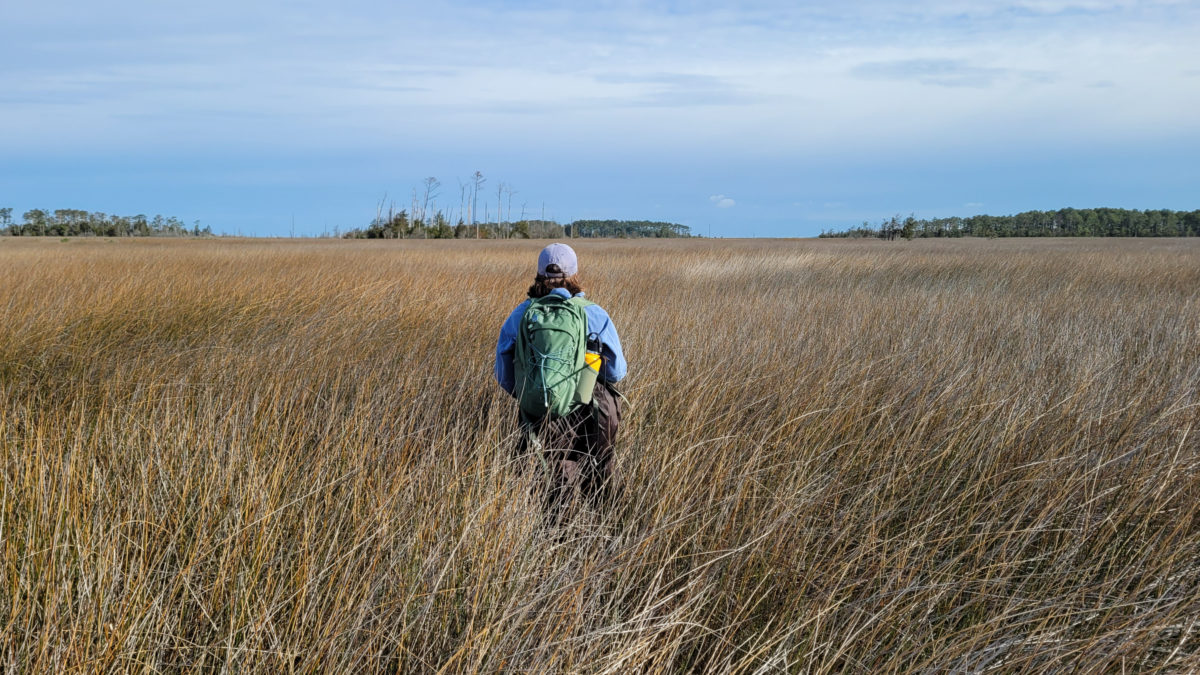CCB and Saltmarsh Bird Surveys

Saltmarsh Sparrows Surviving Virginia’s Winter Weather
March 29, 2023
Recent literature published by CCB
July 8, 2023CCB field technician, Riley Strasbaugh, trudges through a black needlerush marsh towards a survey point on Virginia’s Eastern Shore. Needlerush marshes have become more common on the eastern shore since the mid-20th century and the species that are more likely to use these patches for nesting remain relatively common while others have declined precipitously. Photo by Chance Hines.
By: Chance Hines
5/30/2023
Center for Conservation Biology researchers have a long history of trudging through coastal marshes studying a variety of bird taxa including shorebirds, wading birds, and songbirds. The terrain is often difficult to traverse due to muddy tidal guts that can swallow you whole, needlerush that pierces skin with every step, and swarms of insects eager for human flesh. Despite these discomforts, CCB biologists find pleasure in the solitude when they reach remote marsh patches few others are willing to access.
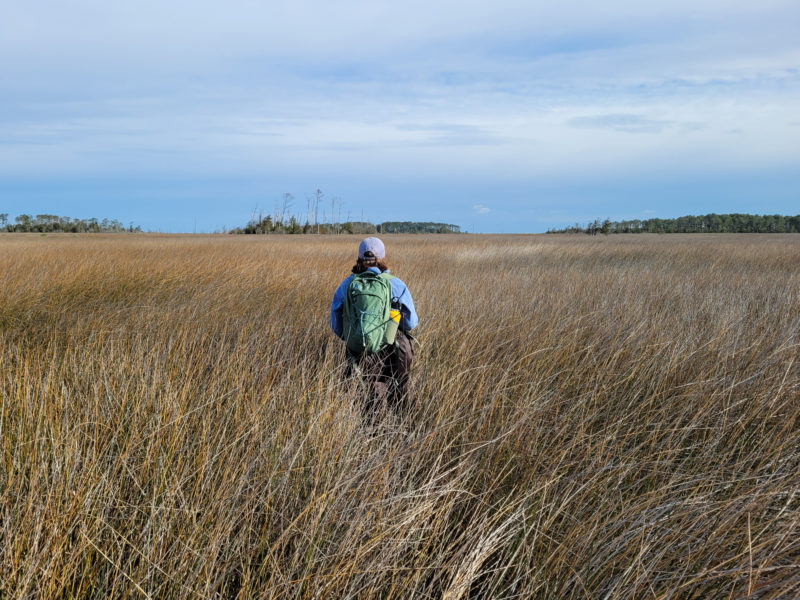
Among studies CCB has conducted within this landscape, a key survey during the early 1990’s established a baseline for bird communities found in marsh patches along the western shore of Virginia’s Chesapeake Bay. The bird communities during the early 1990’s included a rich suite of marsh obligates as well as facultative species. A 2021 follow up survey of these same marshes revealed that nearly all species during the baseline survey were less likely to occupy those areas and several species had all but disappeared. Among the species that had declined most precipitously in these marshes were saltmarsh sparrow, sedge wren, eastern meadowlark, and song sparrow while red-winged blackbird was the only marsh-obligate species that did not decline.
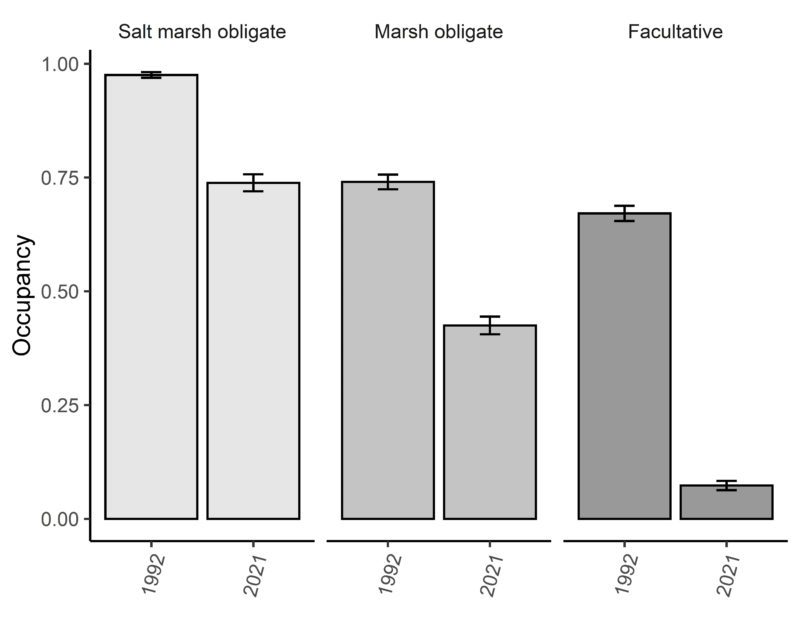
Following the findings of the 2021 survey on the western shore of the Chesapeake Bay, CCB initiated a two-year study in partnership with the Virginia Institute for Marine Science surveying marshes along Virginia’s more rural eastern shore. This study is focused on the comparison between marsh patches that existed prior to the mid-20th century and have withstood rising sea levels with those that have converted to saltmarsh from upland forest and agricultural fields since the mid-20th century.
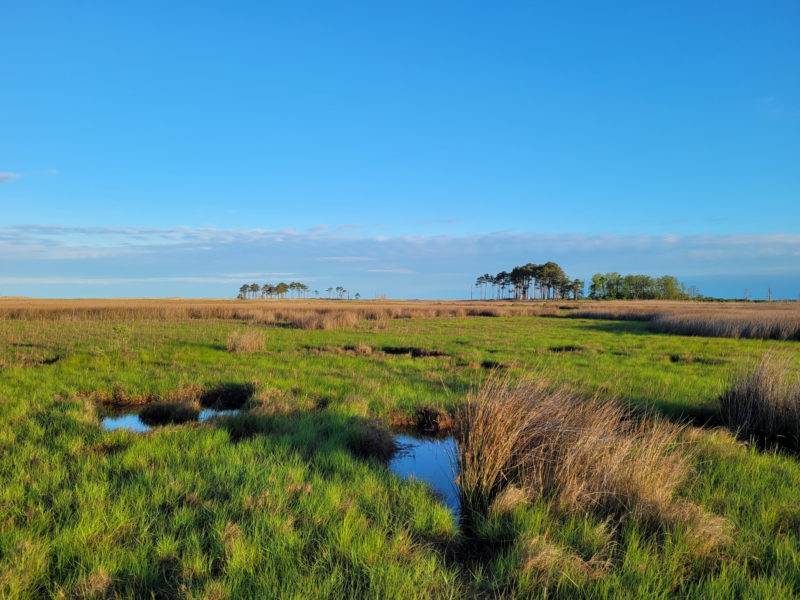
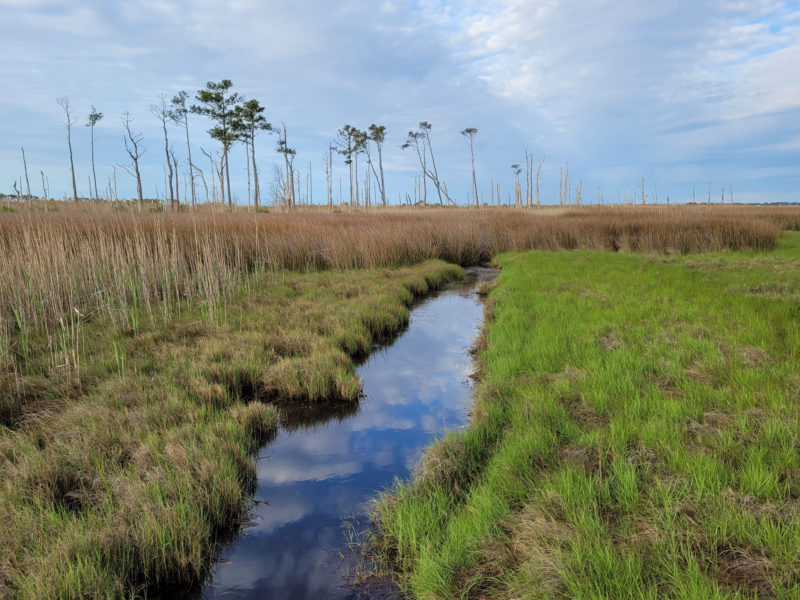
The initial 2022 field season revealed that some marsh-nesting species were less likely to be found in the more recently created marsh patches. It is not clear what drives this difference, but land practices prior to marsh conversion may affect habitat quality of the newly formed marshes. Marshes that were formerly agricultural fields supported lower occupancy of several species including those that are most commonly encountered in saltmarshes like seaside sparrows and clapper rails, but findings were less clear for some species like saltmarsh sparrows which were recorded at relatively few of our survey points.
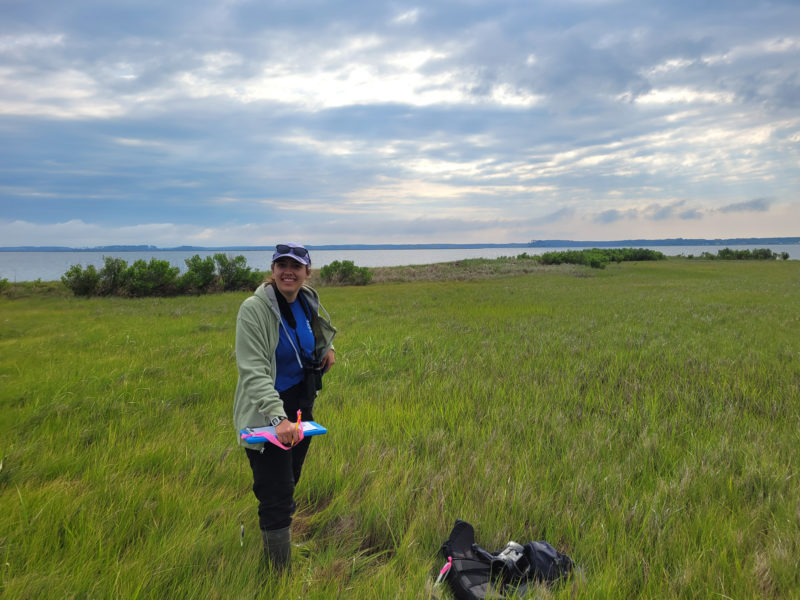
The second year of the study includes a wider array of marsh patches, including locations that can only be accessed via boat. We hope these additional survey locations provide more accurate estimates of occupancy and abundance for species like saltmarsh sparrows, which avoid mainland edges.

